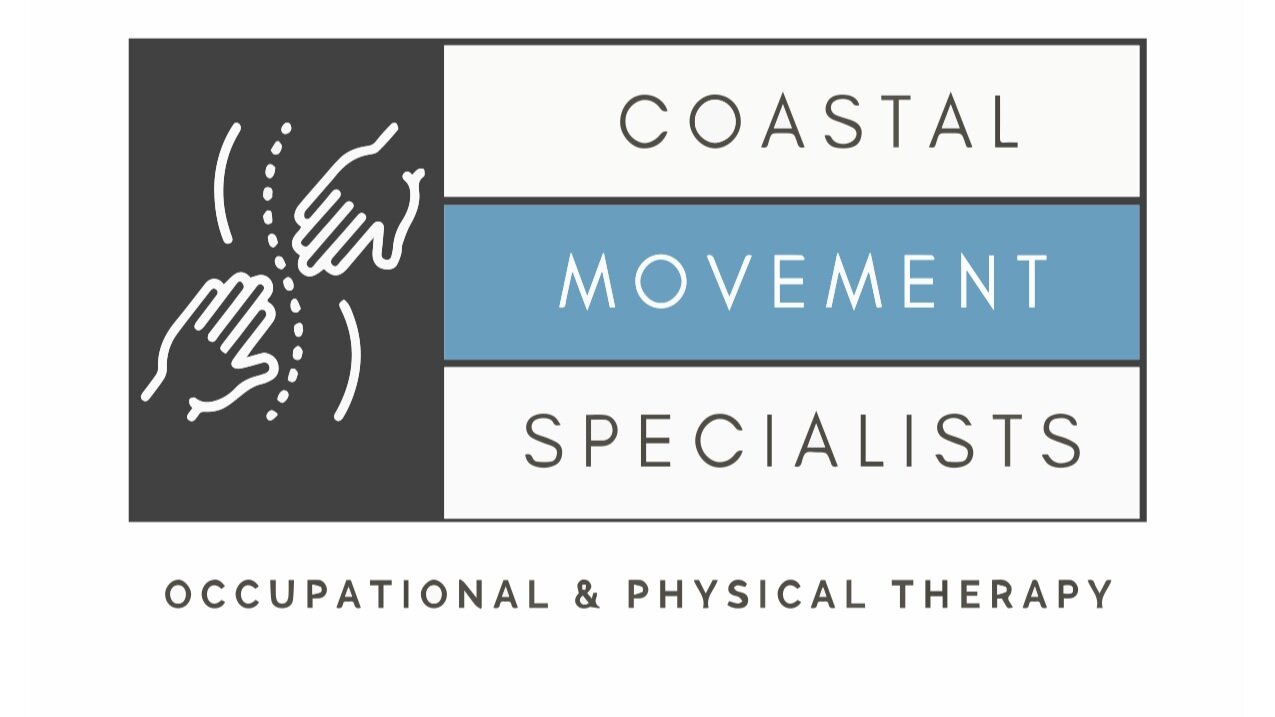Spinal Stenosis Physical Therapy
A healthy and active lifestyle depends on your spinal cord functioning correctly as the highway of communication between your brain and the rest of your body. Protecting the spinal cord are the bones of your spine. Spinal stenosis can affect your spinal cord and cause many symptoms. Our trained physical therapists can help relieve these symptoms so you can live a fulfilling and joyful life. Learn more about spinal stenosis physical therapy below, and contact us today to schedule an appointment in our Johns Island, SC office.
What is Scoliosis?
Spinal stenosis is the constriction of one or more spaces between the bones of your spine that usually occurs slowly over time. This leads to less space for the spinal cord and the nerves that branch out. As a result, the spinal cord and its nerve branches can get squeezed, irritated, or constricted.
+ Where Does Spinal Stenosis Occur?
Spinal stenosis can take place anywhere along your spine. However, it most commonly affects the lumbar (lower back) and cervical (neck) areas:
- Lumbar Spinal Stenosis. This is the most common form and often affects middle-aged and older adults. Lumbar spinal stenosis can cause low back and leg pain that hinders an active lifestyle.
- Cervical Spinal Stenosis. As the spinal canal narrows in the neck, you can experience a wide variety of symptoms. You may notice changes that affect your neck, arms, and legs. Bladder and bowel control can also become compromised due to pressure on the nerves going to these organs.
+ What Causes Spinal Stenosis?
You may have been born with a narrowed spinal canal, making you more prone to spinal stenosis. However, most cases occur when something causes a narrowing of this space. Causes of spinal stenosis include:
- Osteoarthritis
- Paget’s Disease
- Herniated disks
- Trauma such as automobile accidents
- Tumors
- Previous spine surgery
- Thickened ligaments supporting the spine
- Scoliosis
+ Signs & Symptoms
Many people have spinal stenosis that can be seen on an MRI or CT scan but have no symptoms. When symptoms begin, it usually starts gradually and worsens with time. Many symptoms are possible and can depend on the location of the narrowing of the spaces on the spine. You may experience one or several of the following symptoms in various parts of your body:
- Pain or numbness
- Tingling or weakness in your limbs or trunk
- Burning pain down the legs
- Loss of sensation
- Weakness
- Loss of bladder or bowel control
- Difficulty walking
- Problems with balance
+ How Can Physical Therapy Help?
Spinal stenosis can result in gradual muscle pain and weakening that can progress over time to limit your daily activities. The experienced occupational and physical therapists at Coastal Movement Specialists will work with you to develop a program that keeps you active and moving. Your treatment may include:
- Gentle movement and stretching exercises
- Exercises to improve your range of motion
- Strength training
- Walking and other aerobic activities
- Exercises to improve balance
Schedule an Appointment
To learn more about how we can help you improve the quality of your daily life with spinal stenosis, schedule an appointment with Coastal Movement Specialists today. Located on Johns Island, SC, we serve the entire Charleston area.

